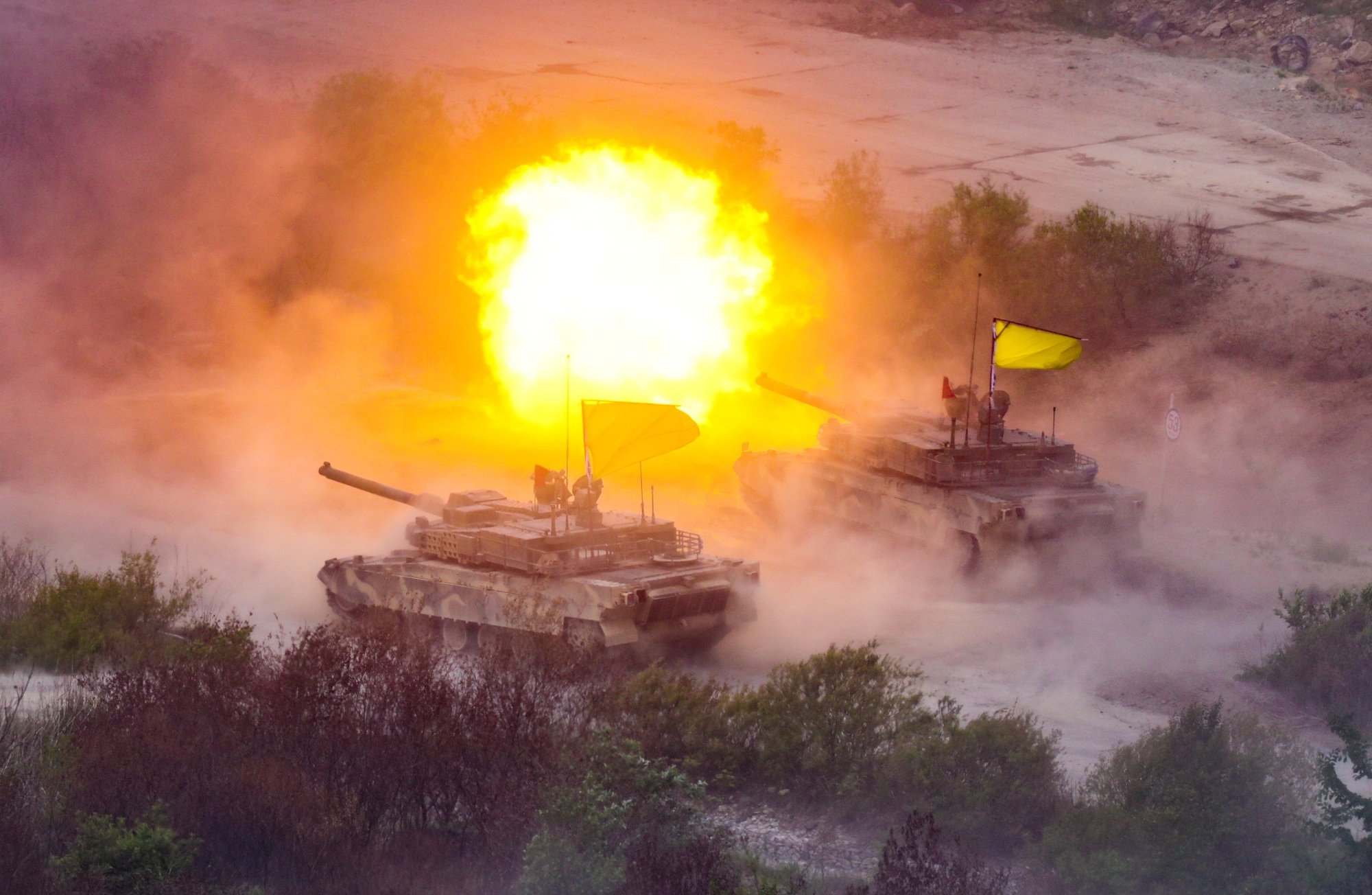
South Korean K-2 tanks fire during a military exercise in the Pocheon area on May 25.
Reuters reported that on May 25, US and South Korean forces began live-fire exercises to demonstrate superior military capabilities, with the participation of about 2,500 soldiers from both countries.
Artillery shells pounded the mountainside in the Pocheon area of northeastern South Korea, while battle tanks maneuvered and fired at targets, sending smoke billowing and the sound echoing across the valley.
The South Korean Defense Ministry said the exercise will be held four more times between now and mid-June.
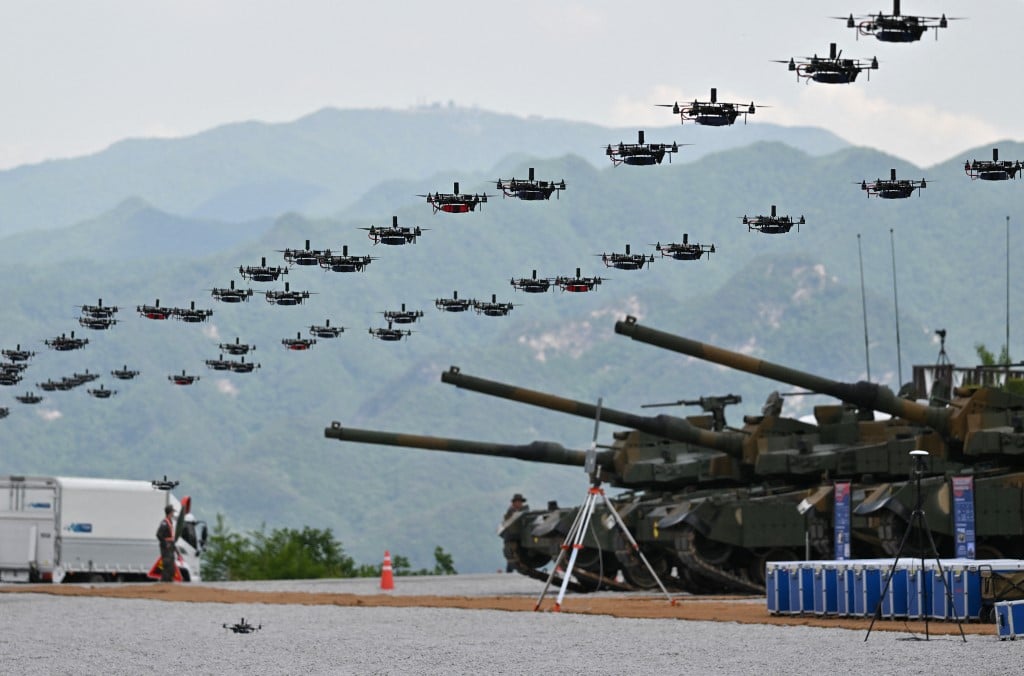
South Korean military unmanned aerial vehicles (UAVs) in formation during an exercise.
In a statement, the South Korean Defense Ministry said the exercise demonstrated military capabilities and readiness to respond to North Korea's nuclear and missile threats up to "all-out attacks", and vowed to maintain " peace through superior strength".
Earlier, the DPRK criticized the US and South Korea's plan to launch joint live-fire exercises, saying it was a "war rehearsal" against Pyongyang.
Over the past few months, US and South Korean forces have conducted a series of training activities, including air and sea drills involving US B-1B bombers, after many previous exercises were scaled back due to diplomatic efforts and restrictions during the Covid-19 pandemic.
In another development, Yonhap news agency reported that on May 25, South Korea successfully launched its domestic Nuri rocket, putting eight satellites into orbit and reaching a new milestone in its space program.
The 200-ton Nuri rocket, also known as KSLF-II, lifted off from the Naro Space Center in the southern coastal village of Goheung at 6:24 p.m. local time.
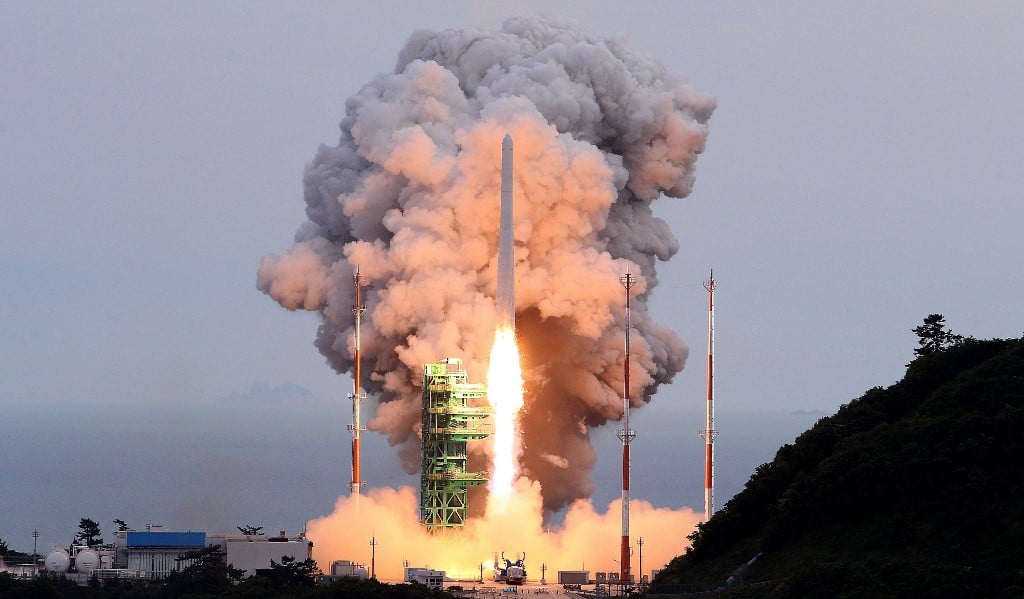
South Korea's Nuri rocket launched on May 25.
According to Science Minister Lee Jong-ho, after the second launch of the Nuri rocket last year and the third launch today, May 25, the rocket's capabilities have been confirmed, not only in terms of reliability but also in terms of its potential for launching various satellites and space exploration.
He said the main satellite NEXTSAT-2 had made initial contact with South Korea's King Sejong Station in Antarctica. However, he said it would take more time to confirm whether one of the seven small satellites on Nuri had been launched normally.
South Korea's $1.52 billion Nuri project began in 2010 and will continue through 2027, including three more rocket launches.
Source link




![[Photo] Prime Minister Pham Minh Chinh chairs the conference to review the 2024-2025 school year and deploy tasks for the 2025-2026 school year.](https://vstatic.vietnam.vn/vietnam/resource/IMAGE/2025/8/22/2ca5ed79ce6a46a1ac7706a42cefafae)
![[Photo] President Luong Cuong receives delegation of the Youth Committee of the Liberal Democratic Party of Japan](https://vstatic.vietnam.vn/vietnam/resource/IMAGE/2025/8/22/2632d7f5cf4f4a8e90ce5f5e1989194a)
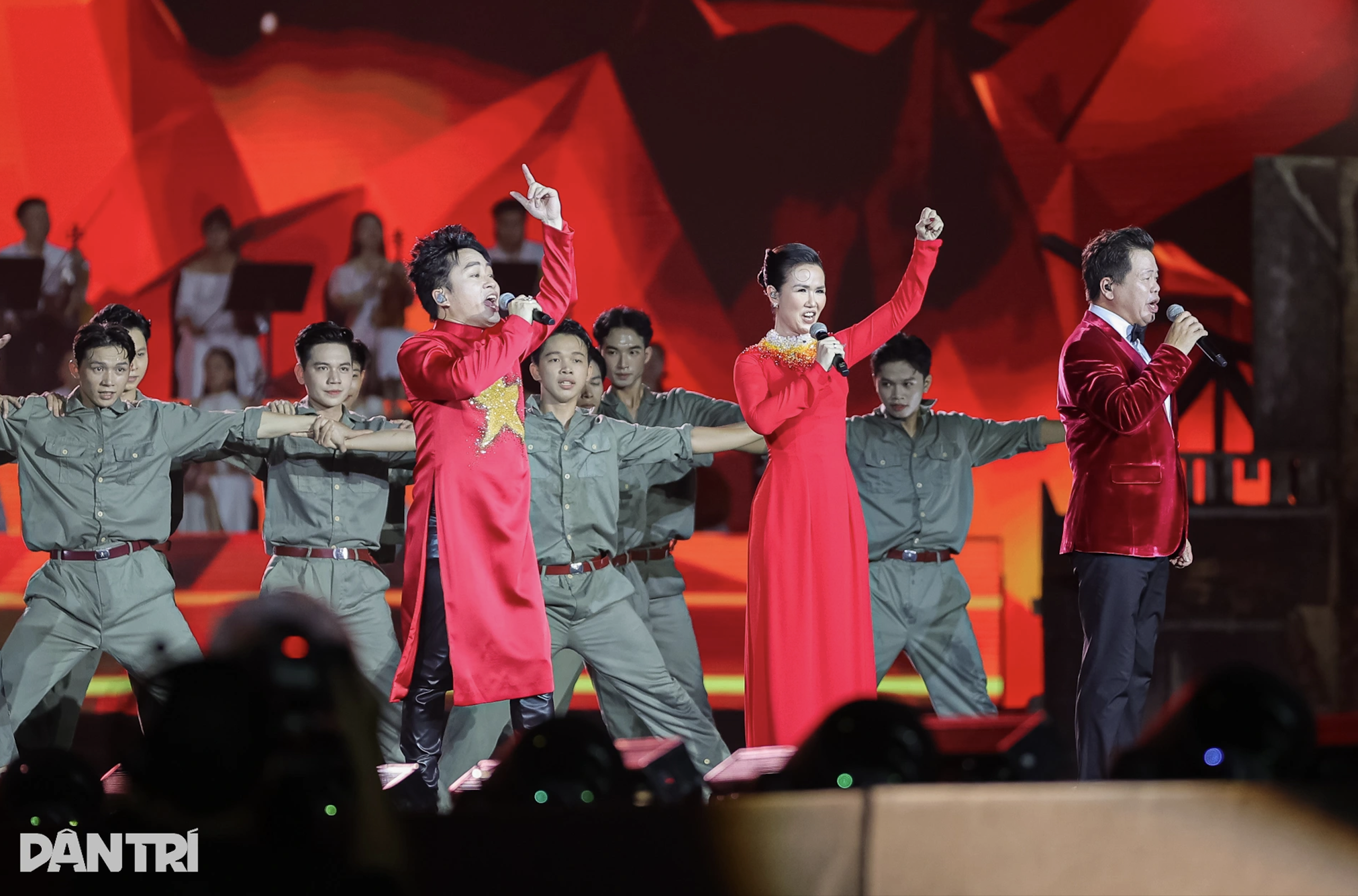


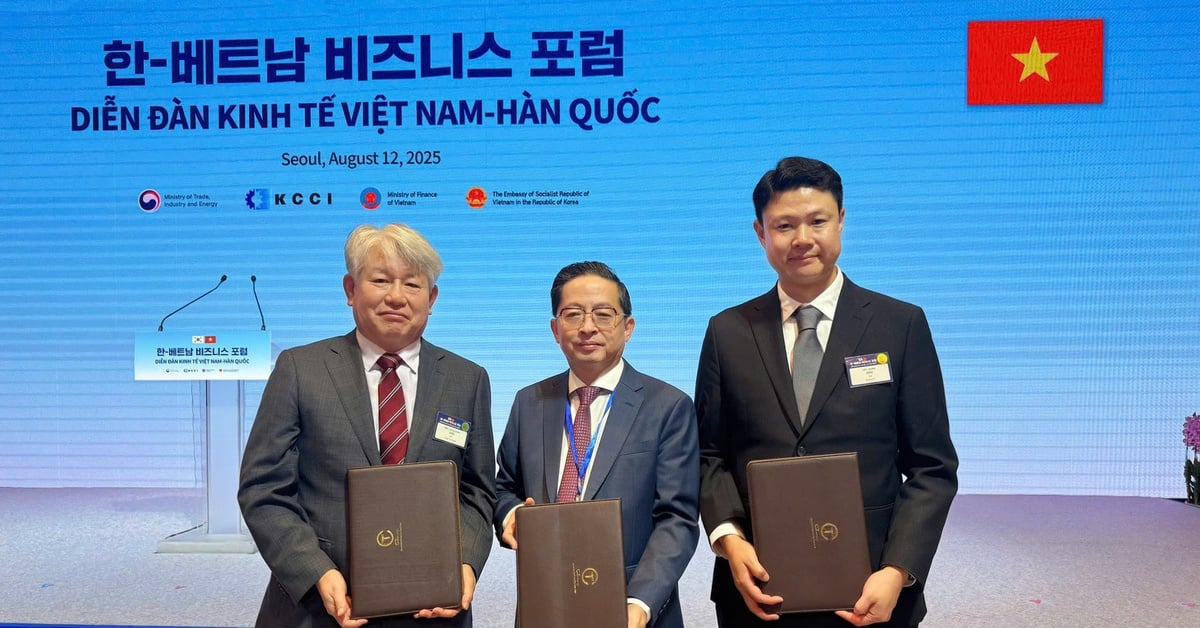





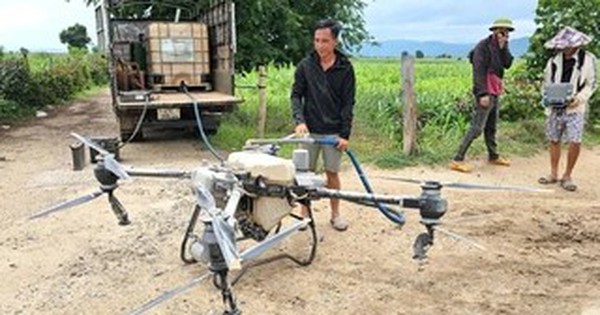

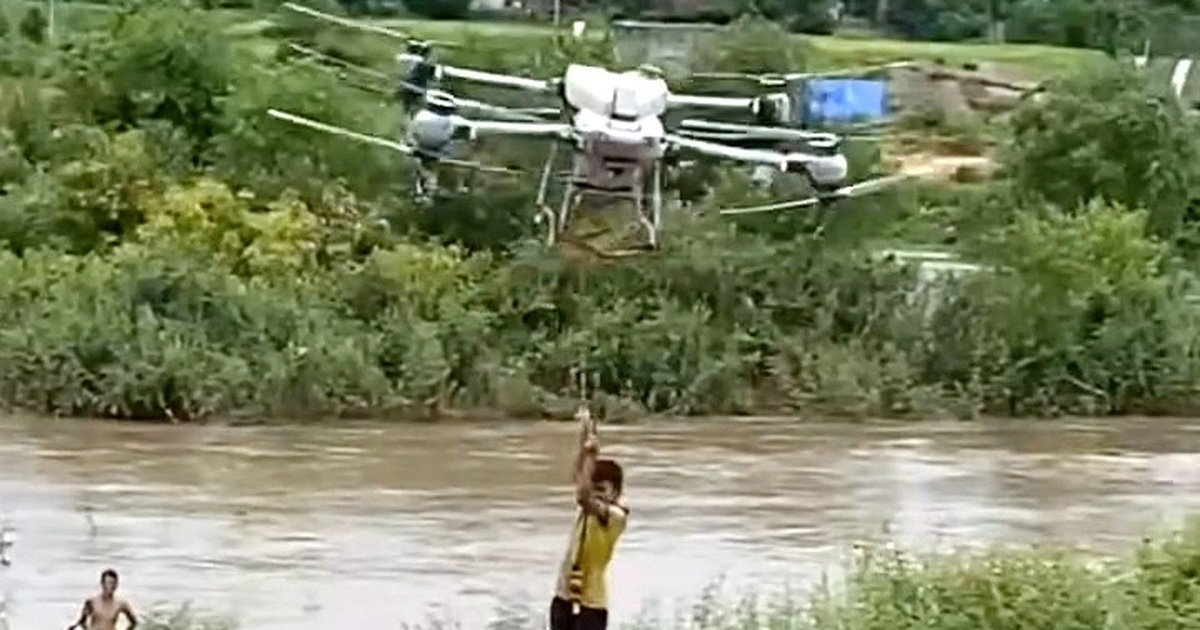

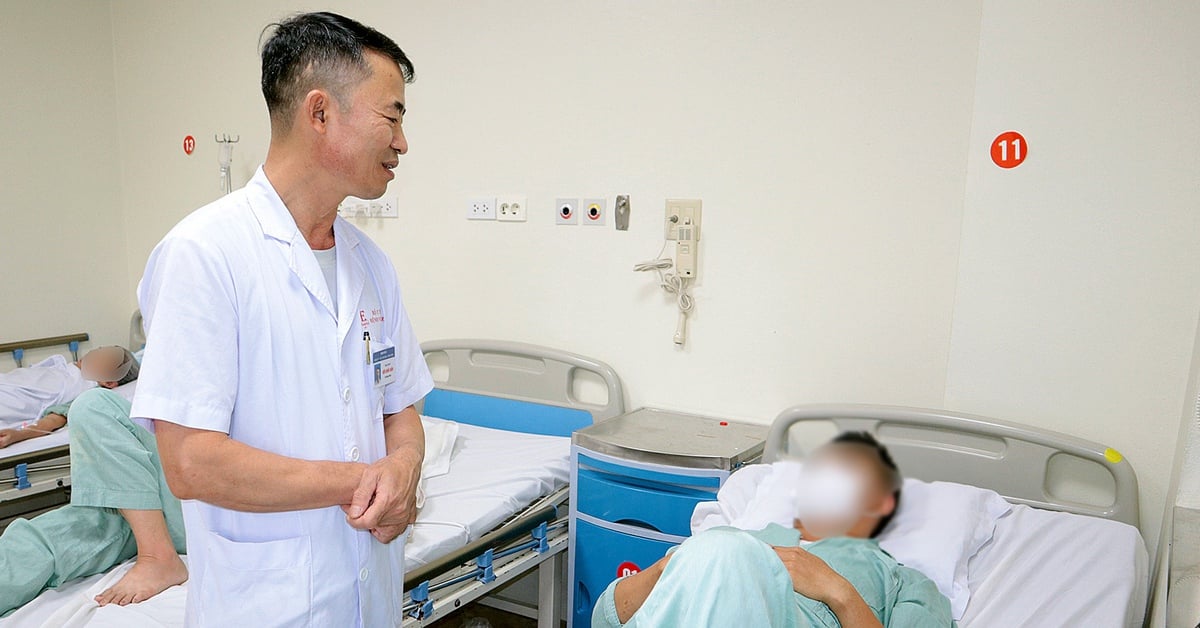
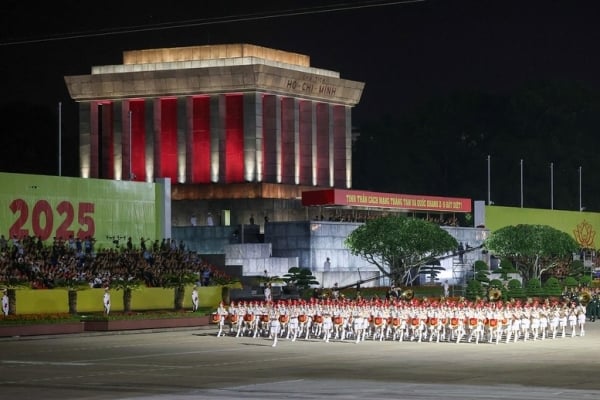

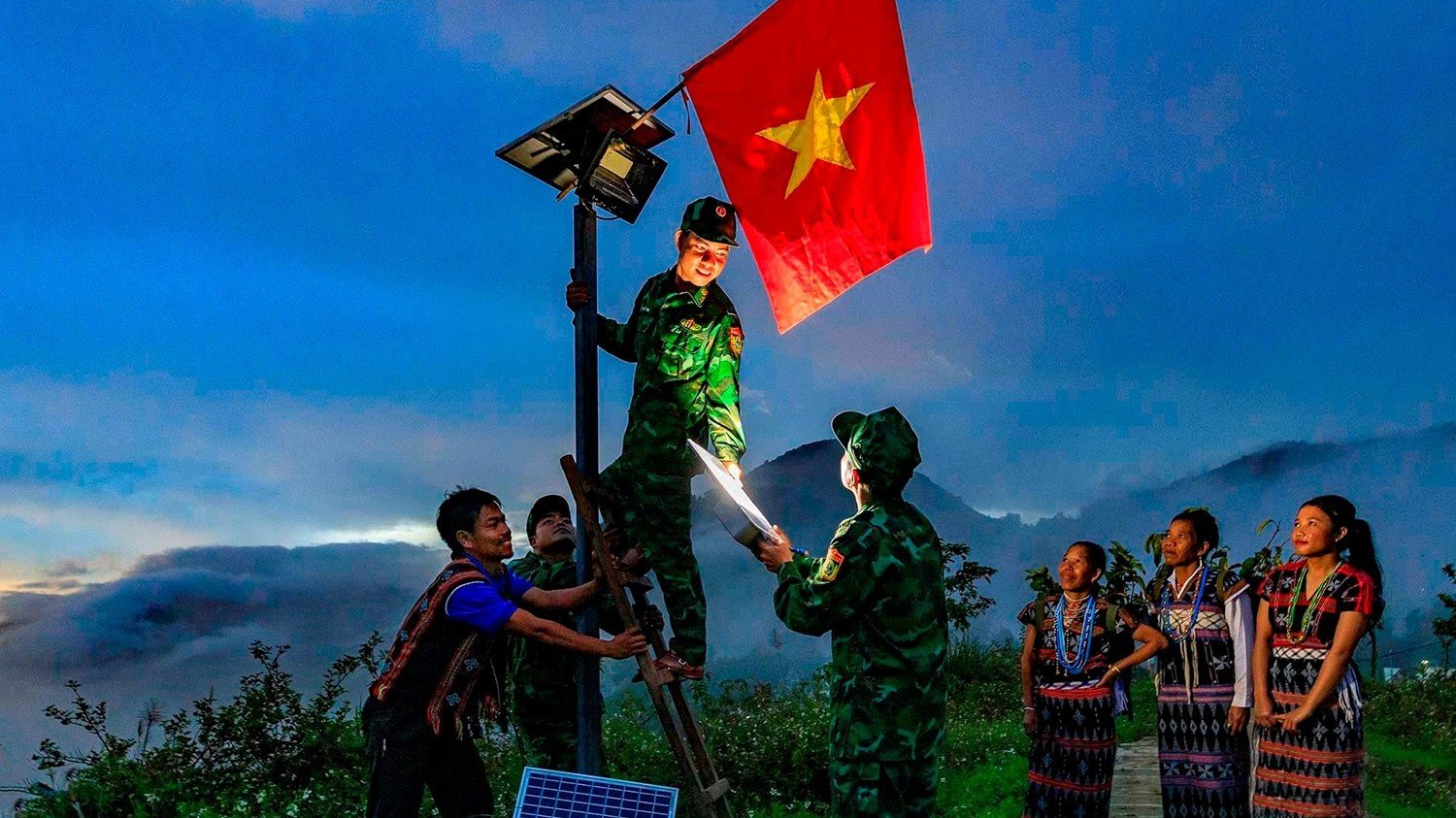

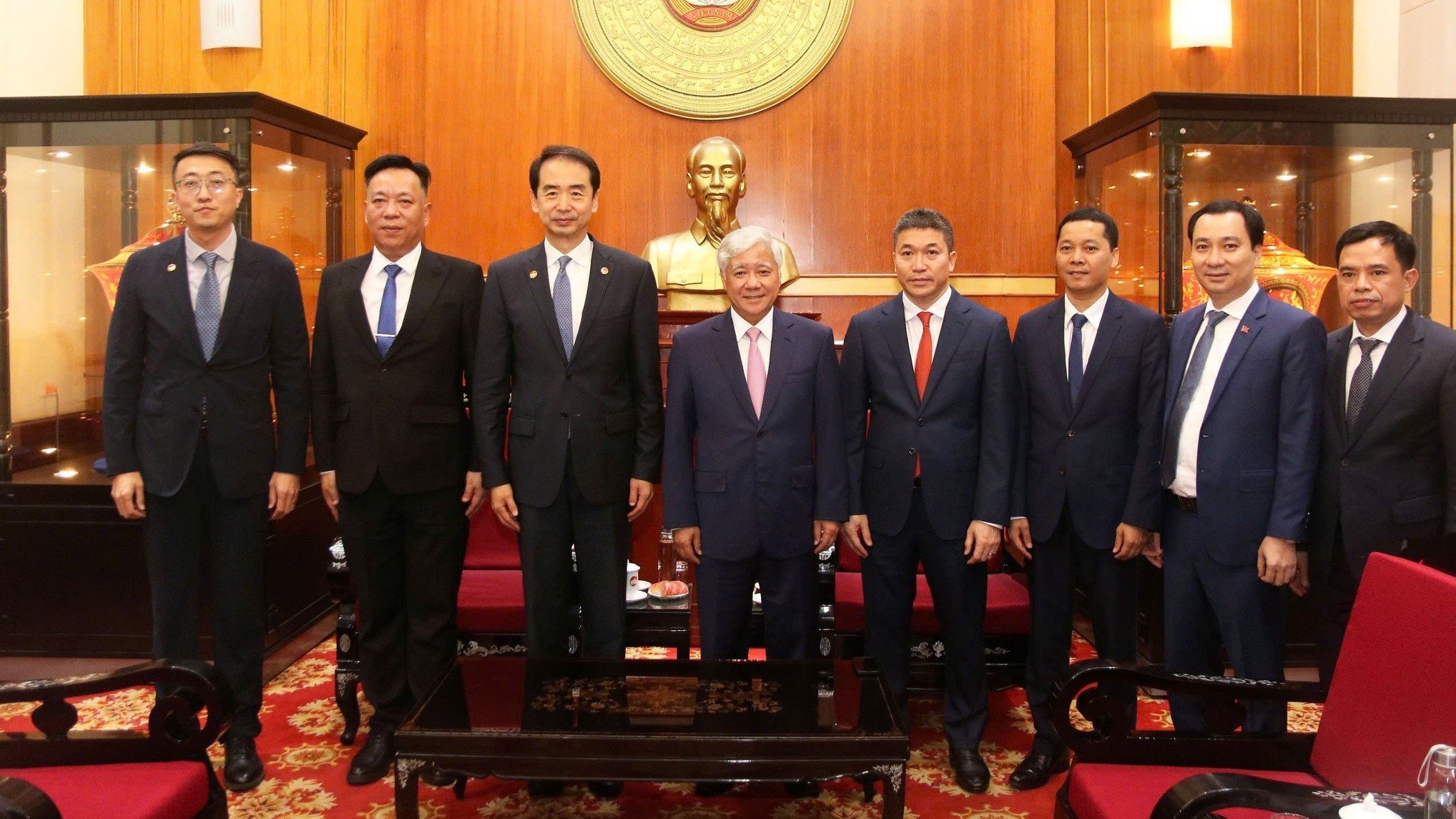
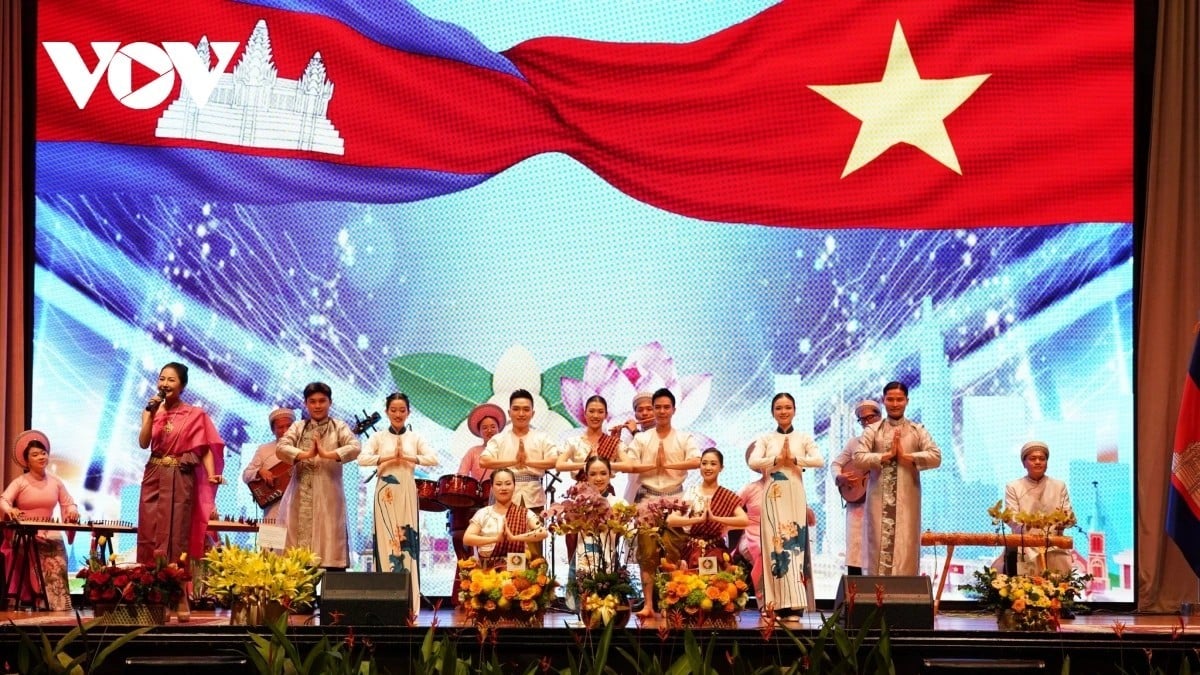




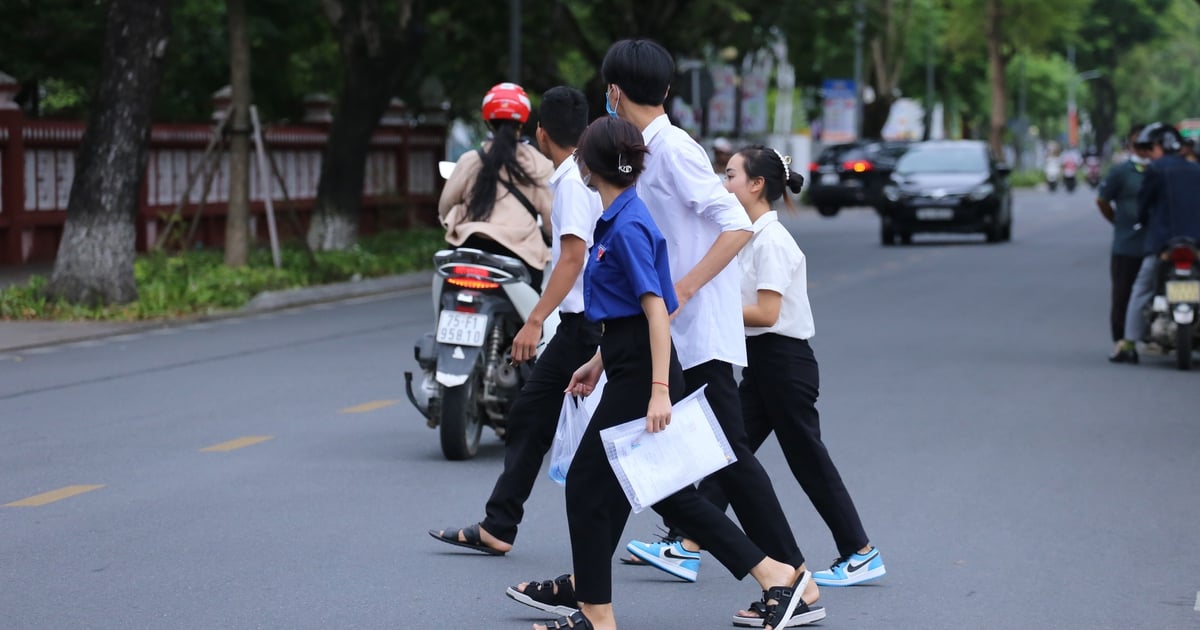

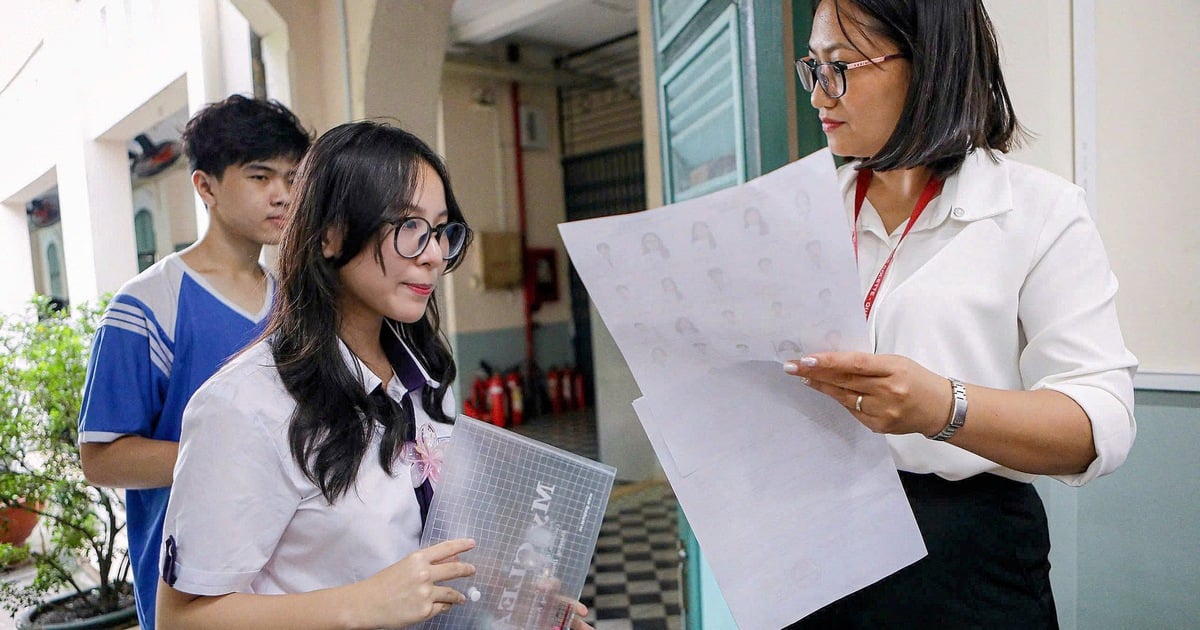
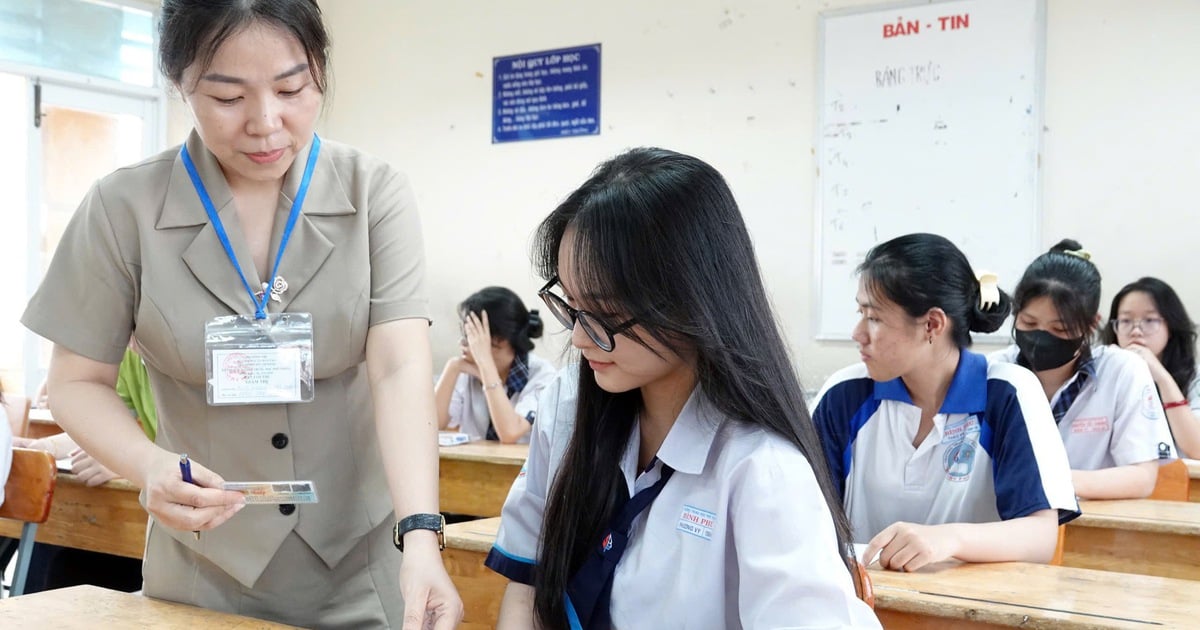





































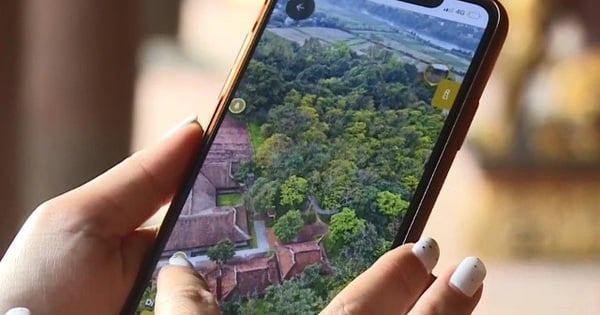




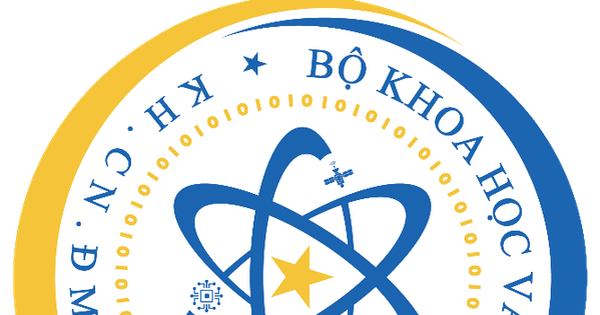

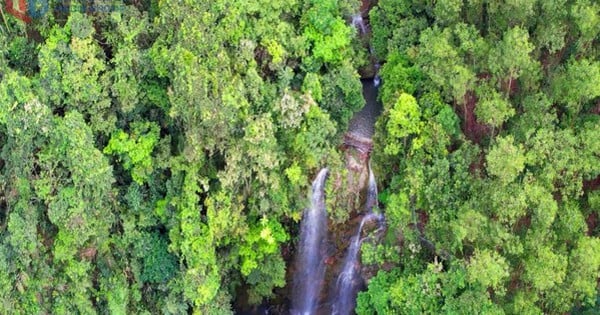
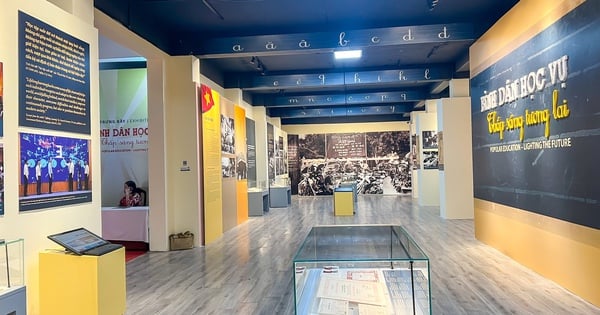
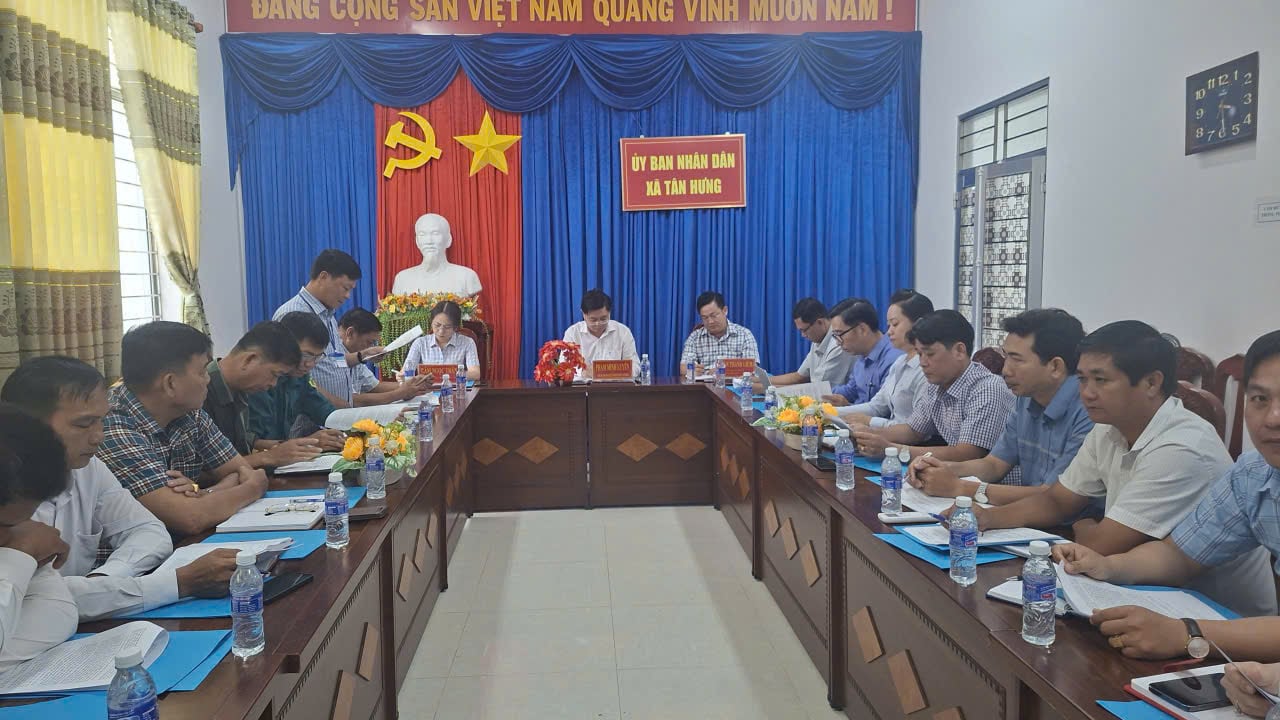
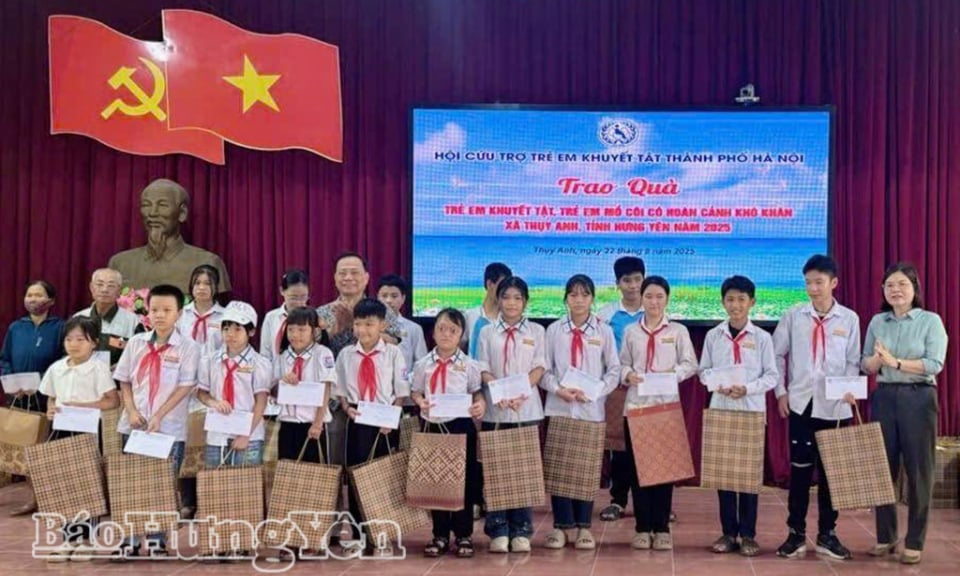



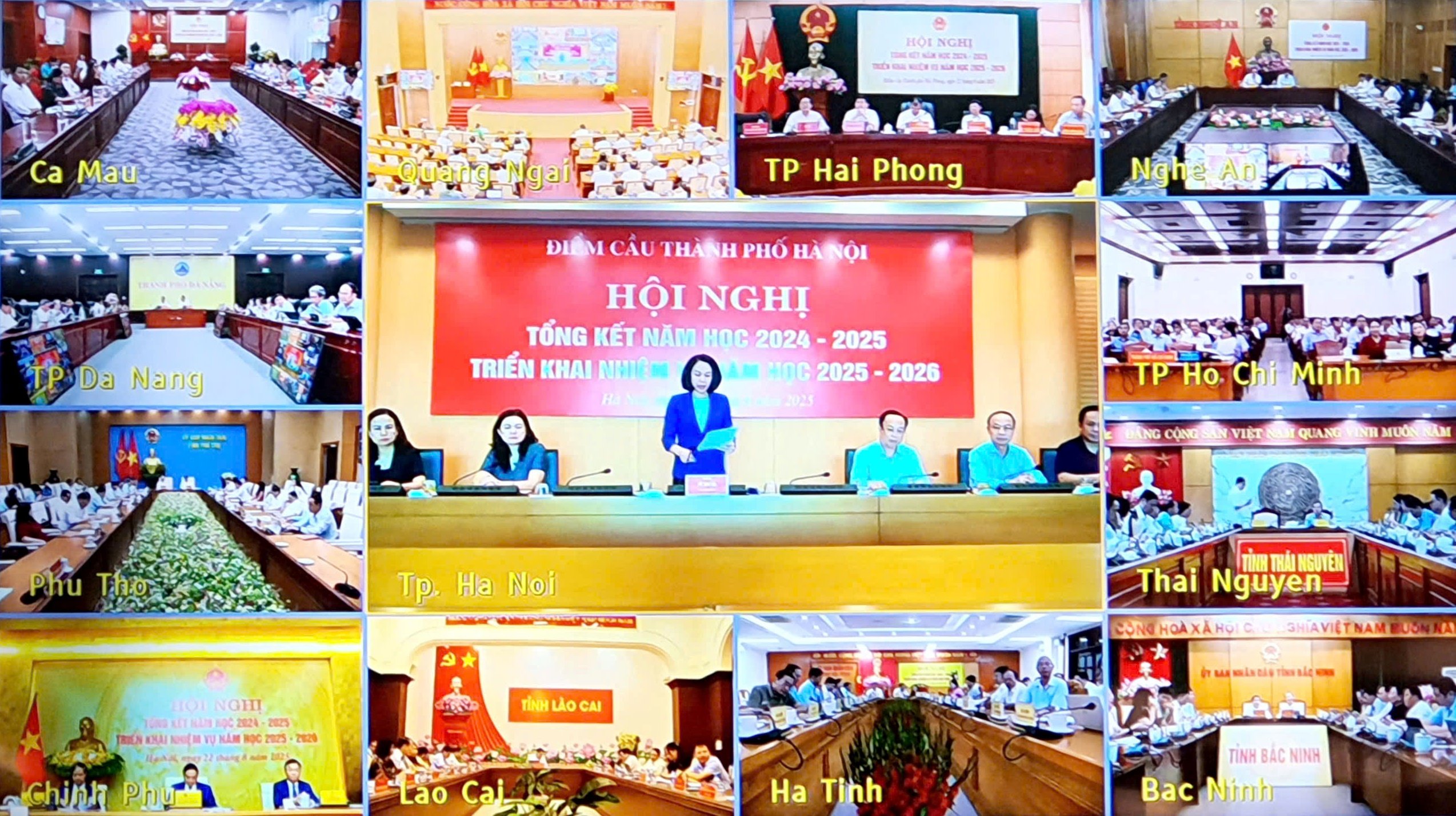

















Comment (0)